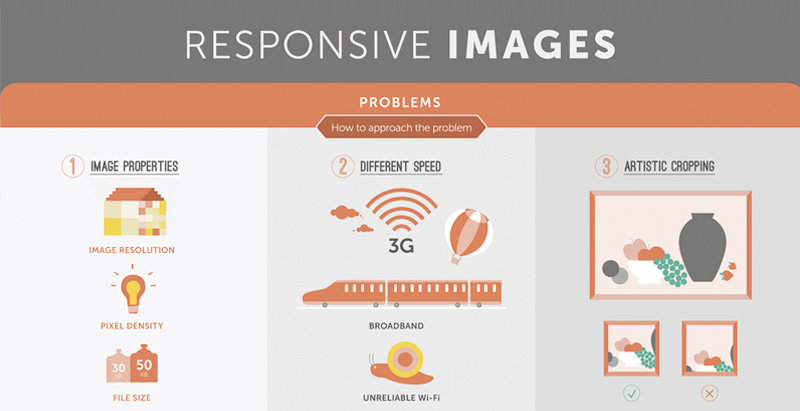The Growth Of Website Design: After That And Currently
The Growth Of Website Design: After That And Currently
Blog Article
Short Article By-Hartley Stender
In the past, internet sites were easy and concentrated on details. Navigation was direct, and style was for desktop computers. Currently, individual experience is crucial. Information guides layouts for easy navigation. Responsive designs fit different tools. Today, dark mode reduces strain, and minimal food selections boost navigation. Interactive attributes engage customers, and strong visuals stick out. AI integration enhances interaction. See just how design has actually evolved to boost your on-line journey.
Early Days of Web Design
In the early days of web design, simpleness reigned supreme. Websites were basic, with minimal colors, font styles, and layouts. The emphasis was on offering details instead of showy visuals. Individuals accessed the net with slow-moving dial-up connections, so speed and capability were key.
Navigation menus were straightforward, generally situated on top or side of the page. Web sites were made for computer, as mobile surfing wasn't yet widespread. Content was king, and developers prioritized very easy readability over complex style aspects.
HTML was the primary coding language utilized, and designers had to work within its restraints. Animations and interactive functions were minimal contrasted to today's requirements. Web sites were fixed, with little dynamic content or customized individual experiences.
Rise of User-Focused Design
With the evolution of internet site layout, a shift towards user-focused style concepts has actually come to be increasingly prominent. Today, creating internet sites that prioritize user experience is crucial for involving visitors and accomplishing business objectives. User-focused style entails recognizing the requirements, choices, and habits of your target audience to tailor the website's layout, web content, and features appropriately.
Developers now perform comprehensive research study, such as user studies and functionality screening, to collect understandings and feedback straight from individuals. This data-driven technique aids in producing instinctive navigating, clear calls-to-action, and aesthetically enticing user interfaces that resonate with visitors. By putting the user at the facility of the layout process, websites can provide an extra personalized and enjoyable experience.
Responsive style has likewise emerged as a key element of user-focused style, making sure that web sites are optimized for numerous gadgets and display dimensions. This versatility enhances access and usability, accommodating the varied means customers interact with websites today. Fundamentally, the increase of user-focused style symbolizes a change towards developing digital experiences that focus on the requirements and assumptions of the end user.
Modern Trends in Website Design
Explore the most recent trends forming website design today. https://www.searchenginejournal.com/outsourcing-enterprise-seo-tips/412026/ is dark mode layout, supplying a smooth and contemporary appearance while decreasing eye stress in low-light settings. An additional key fad is minimal navigating, simplifying menus and enhancing individual experience by concentrating on essential elements. Incorporating micro-interactions, such as animated switches or scrolling impacts, can create a more engaging and interactive internet site. Receptive design remains vital, ensuring smooth customer experiences across different gadgets. In addition, using vibrant typography and unbalanced designs can add visual passion and accentuate details web content.
Incorporating AI modern technology, like chatbots for client assistance or personalized recommendations, improves individual interaction and enhances processes. Ease of access has likewise come to be a considerable fad, with developers focusing on inclusive style methods to cater to varied individual demands. Embracing sustainability by enhancing internet site efficiency for rate and performance is one more arising pattern in web design. Teaming up with customer comments and data analytics to iterate and boost layout continuously is essential for remaining pertinent in the ever-evolving electronic landscape. By embracing these modern fads, you can develop an aesthetically attractive, straightforward website that resonates with your audience.
Verdict
As you review the evolution of website layout from the very early days to currently, you can see just how user-focused design has actually ended up being the driving pressure behind modern fads.
Welcome the journey of modification and adjustment in website design, always maintaining the user experience at the forefront.
Tippingpointdigital
Remain current with the current fads and modern technologies, and never ever quit advancing your technique to produce visually spectacular and user-friendly sites.
Progress, adjust, and create - the future of web design remains in your hands.
